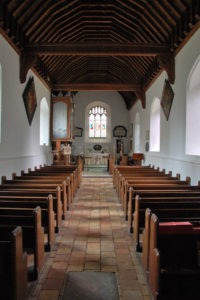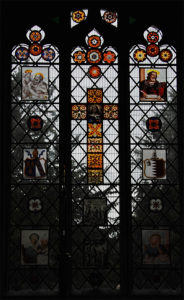Little Plumstead SS Protase & Gervase


















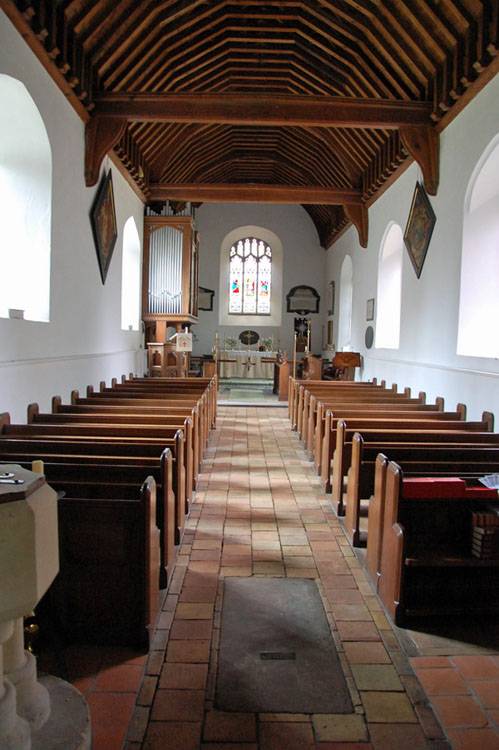

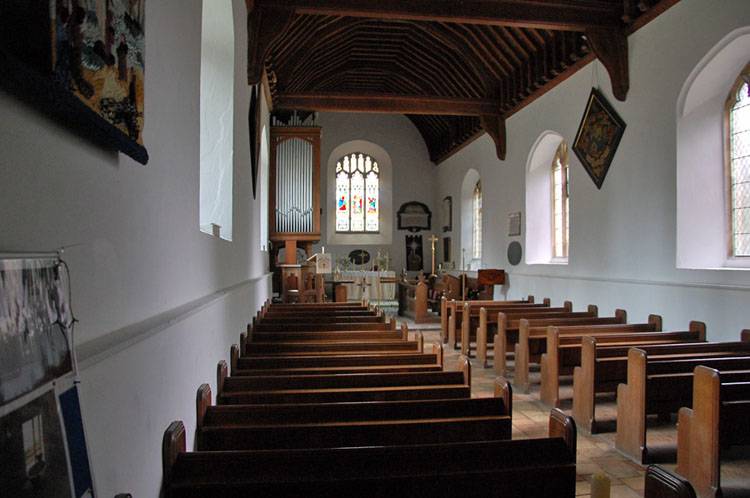



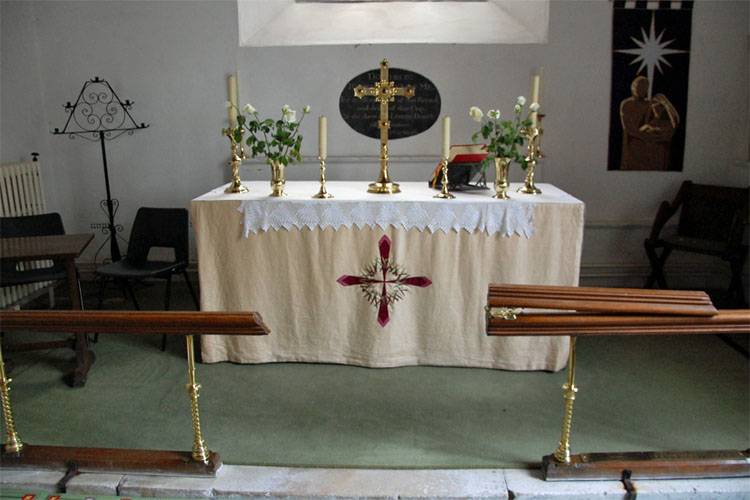






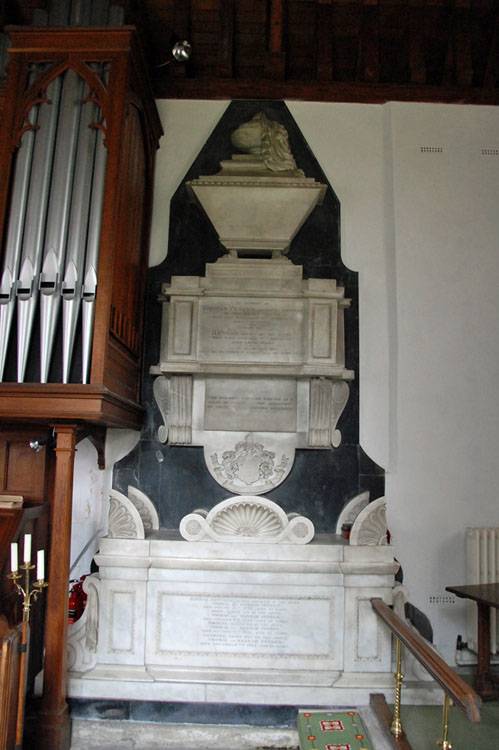






















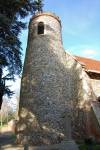

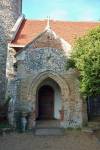
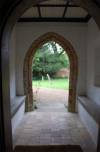


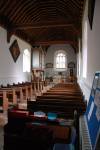


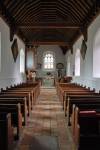

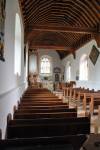

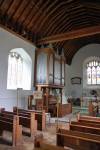
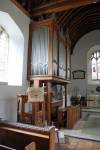





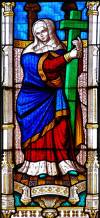
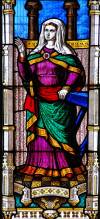
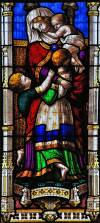

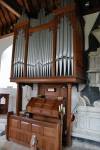
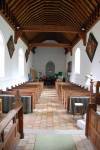
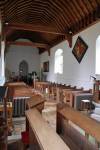

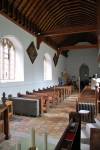
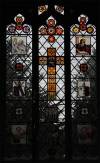


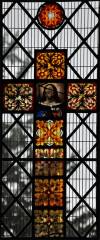





SS Protase & Gervase Church Little Plumstead
Where to find this church
Church Information
St Protase & St Gervase church is located in Little Plumstead, a Norfolk village about 6 miles east of the City of Norwich.
Information how to obtain a key are displayed
* denotes external links that open in a new window
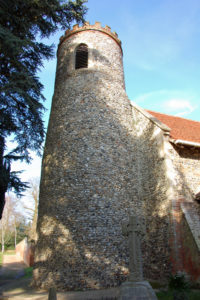
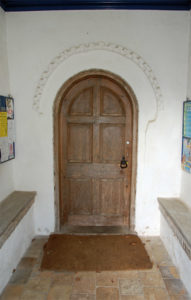
Visiting Little Plumstead St Protase & St Gervase
St Protase and St Gervase is a rather uncommon dedication for an English church. The church in Little Plumstead is probably the only one in the country. Our visit one afternoon turned out to be a rather funny one: the church is usually locked, but a telephone number for the key is shown on a large board on the junction to the path to the church. We phoned it, and were told where we should come to. There, we were greeted by a friendly couple; the man offered to accompany us to the church, but that he would have to take his bicycle, as he already had a glass of wine (while his wife in the background signalised with two fingers that he already had two…). He turned out to be a very lovely gentleman, and the visit was really enjoyable.
St Protase and St Gervase were twin brothers in the 2nd century, who were martyred in Milan. The tower of the church was first built in 11th century and there are traces of three blocked circular openings, more visible inside, below the height of the nave ridge. At that level, the flint work changes, and the new belfry was added, perhaps in 13th century, but the openings were altered in the 19th century. The prominent brick parapet was added in the 19th century. At ground floor level, facing west, is a squint, an opening cut through a stone to give a view right along inside the Church. Above this at first floor level is a slit window with stone jambs and an arch made of bricks.
The nave and chancel are under one roof, but the nave has 11th century origins. Probably all the windows now have 19th century stonework. The south porch was made of brick in the 16th century, though there have been repairs since. Against its west wall outside stands an 18th century stone “bird bath” font, which was presumably used until the arrival of the 20th century one now in the Church. The entrance has a double arch and hood mould of moulded bricks. The south door is rounded and has one arch with 11th century billet moulding.
The only south window in the chancel has a selection of old glass, originally placed in the east window in 1834 and moved here in 1851. There are four square painted glass panels showing the Evangelists, Saints Matthew, Mark, Luke and John, with their emblems, made by Robert Allen, 1745-1835, Lowestoft, which are rare. The two grey and white panels are foreign, possibly German, 17th century, showing man beset by worldly things. The arms are for the Bishop and Rector of the time. The enamelled squares and roundels were made by H. Samuel Yarrington, 1781-1846.
In the floor just north of the altar is a brass of a man in armour with various shields and mottos, for Sir Edward Warner, †1565, who was Lieutenant of the Tower of London in 1552. There is a replica of this also in the chancel, for brass rubbing. In the north-east corner of the sanctuary is another brass, showing a civilian and his wife, in a butterfly headdress, dated about 1480. This might be for Robert Latham, †1479.
Conclusion: neatly kept church with a rather modern interior
